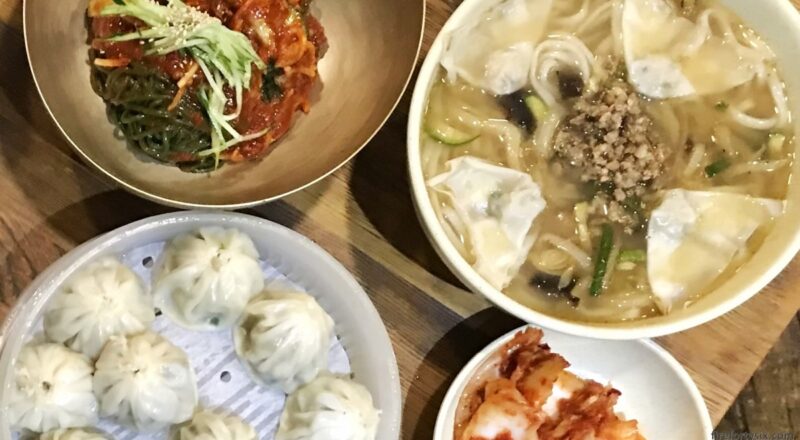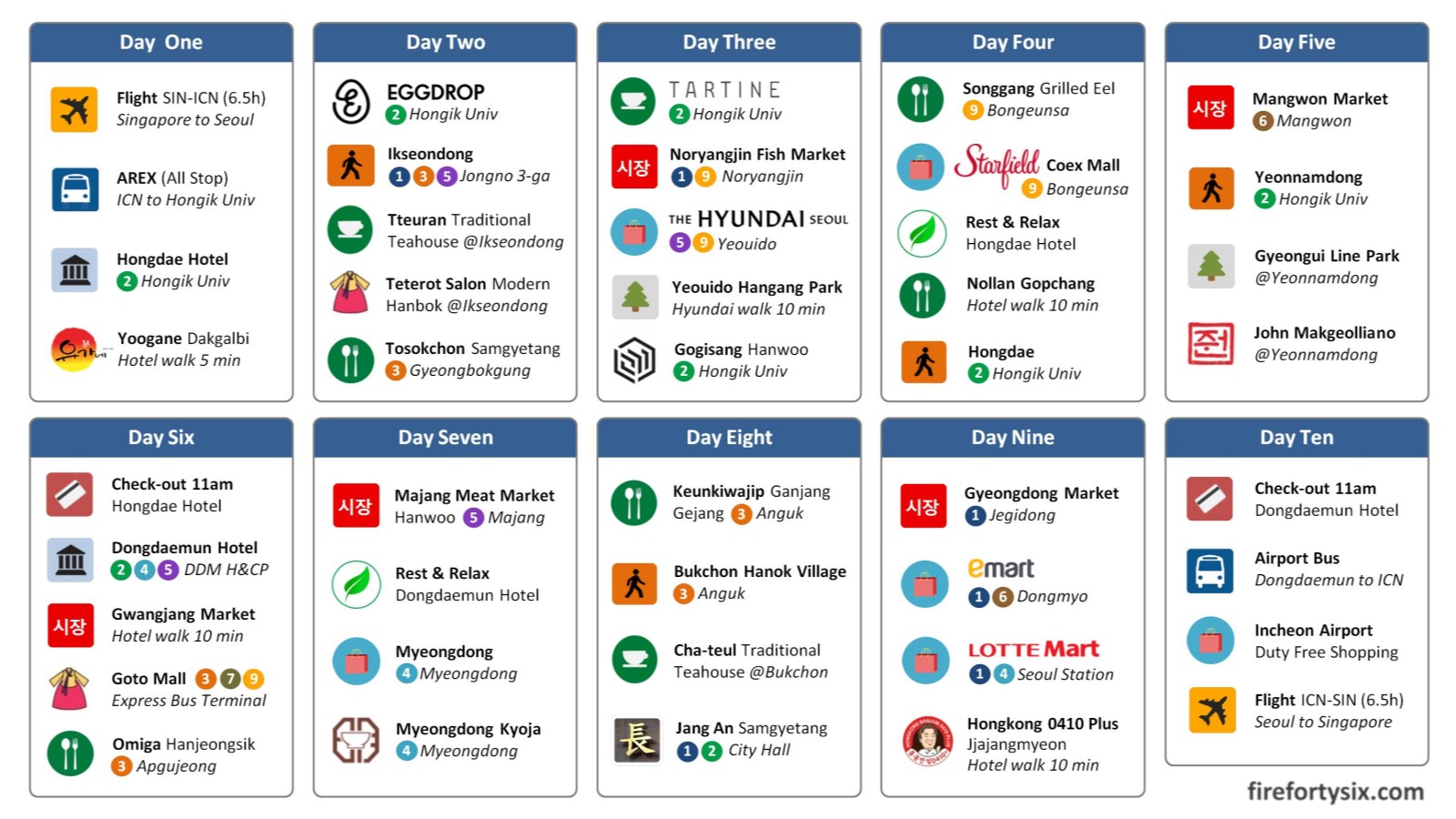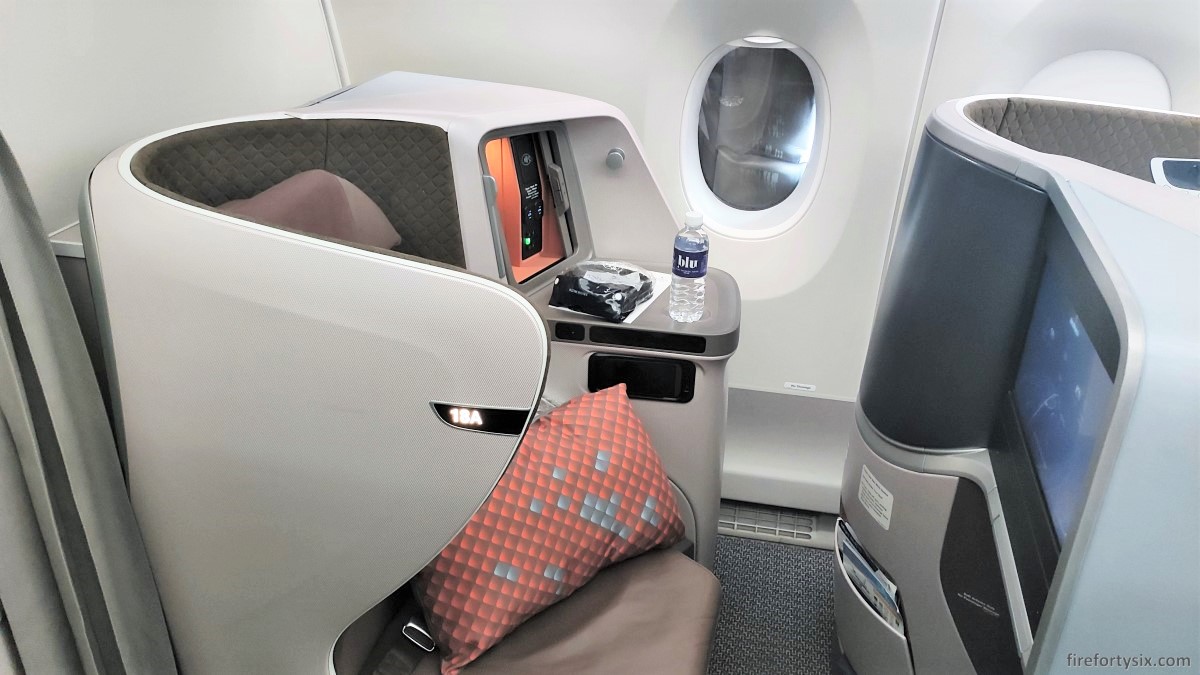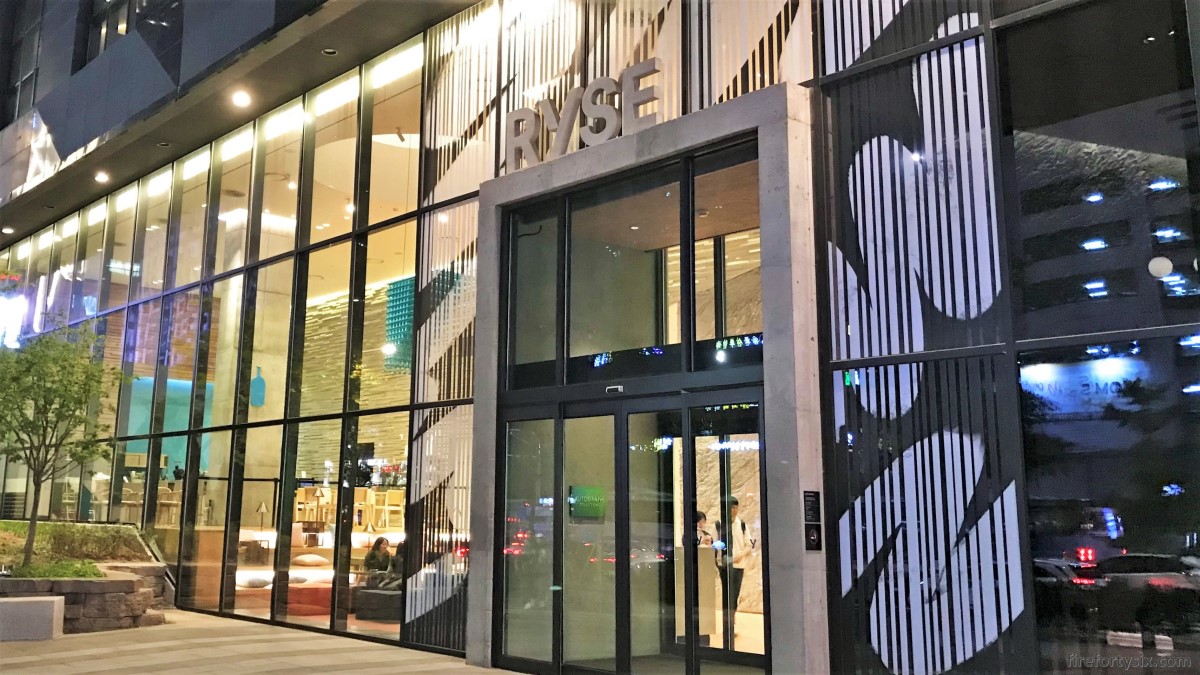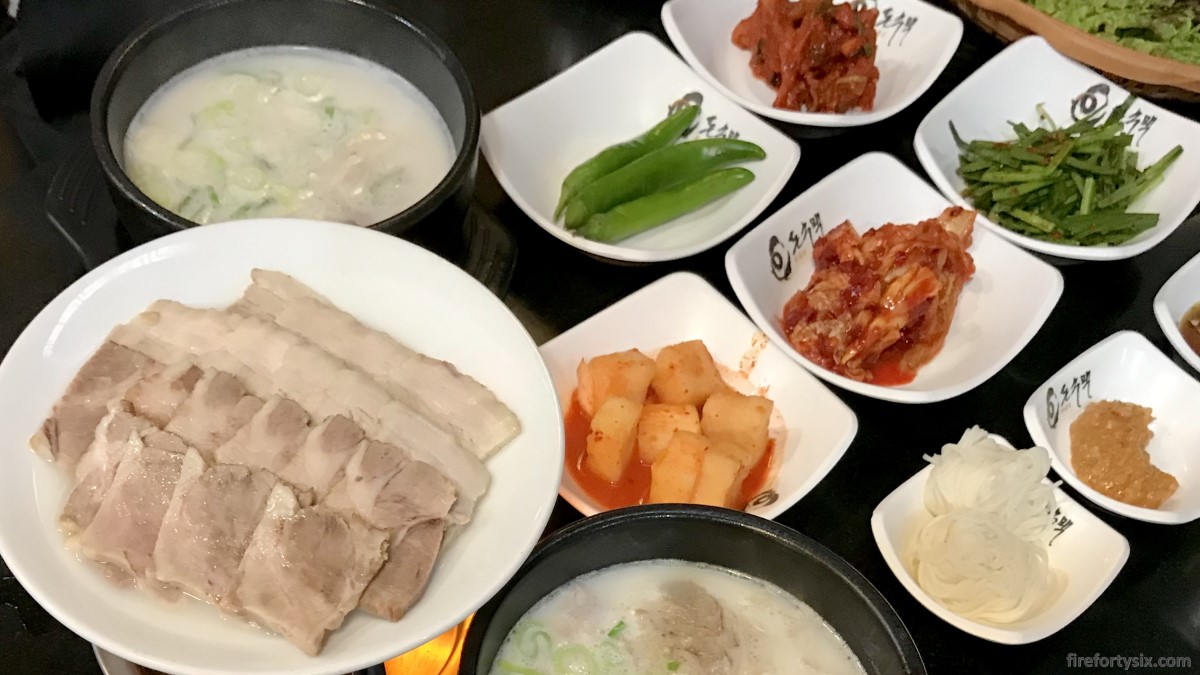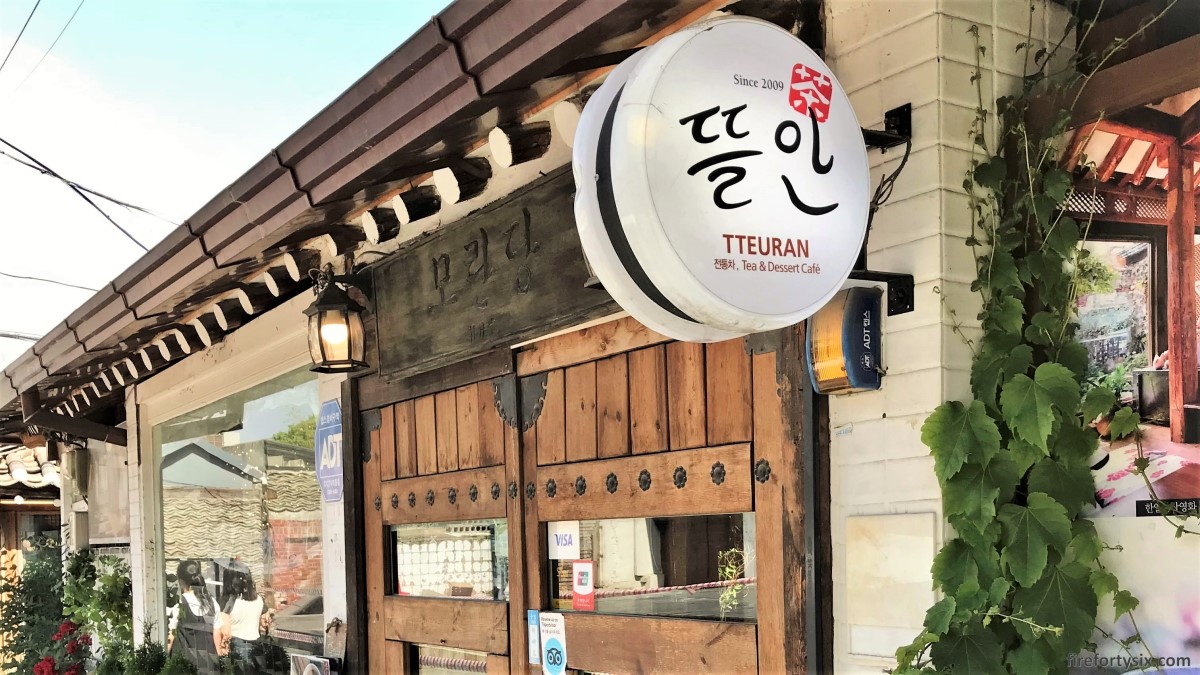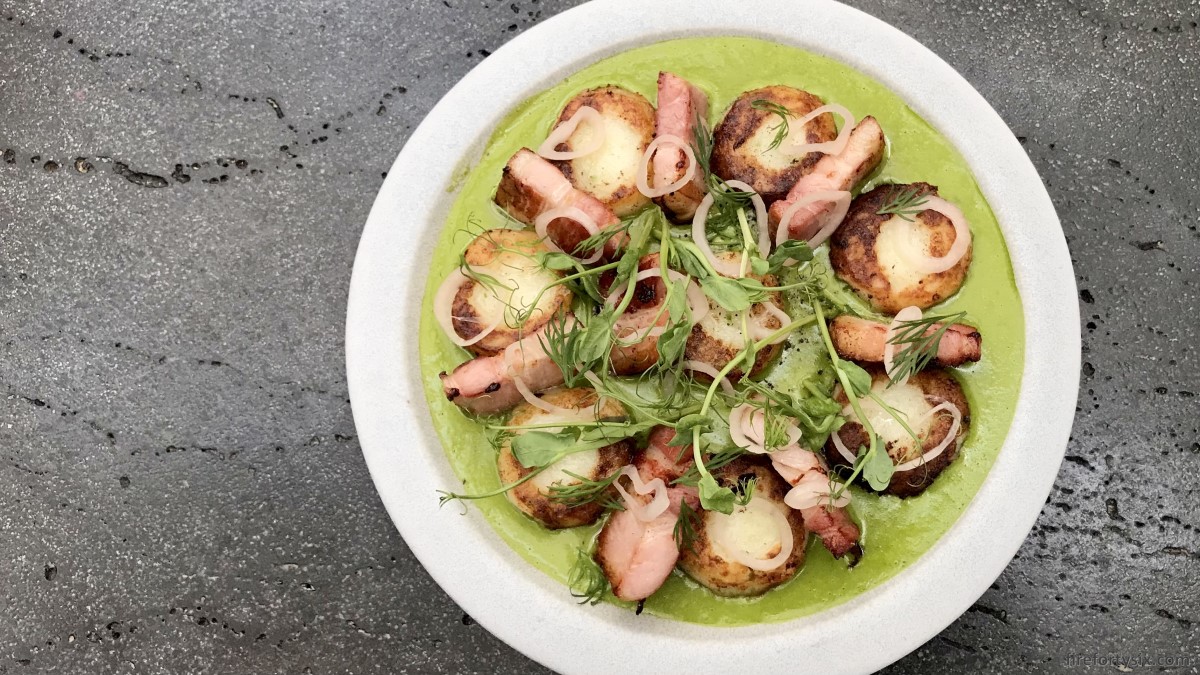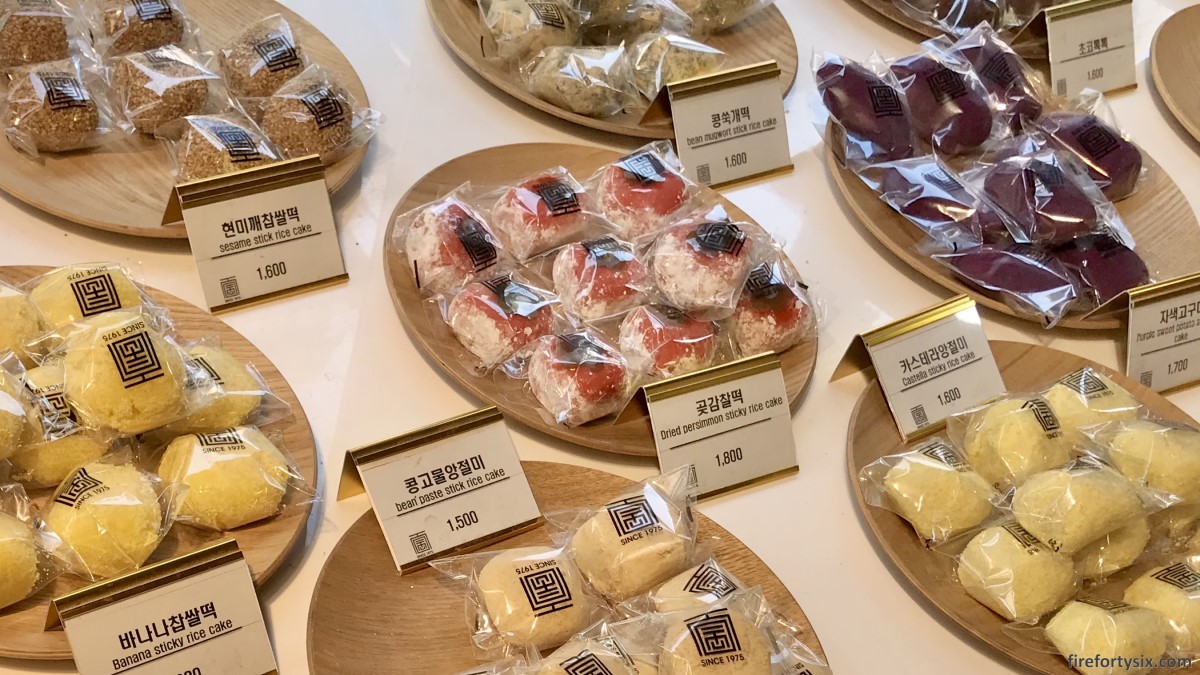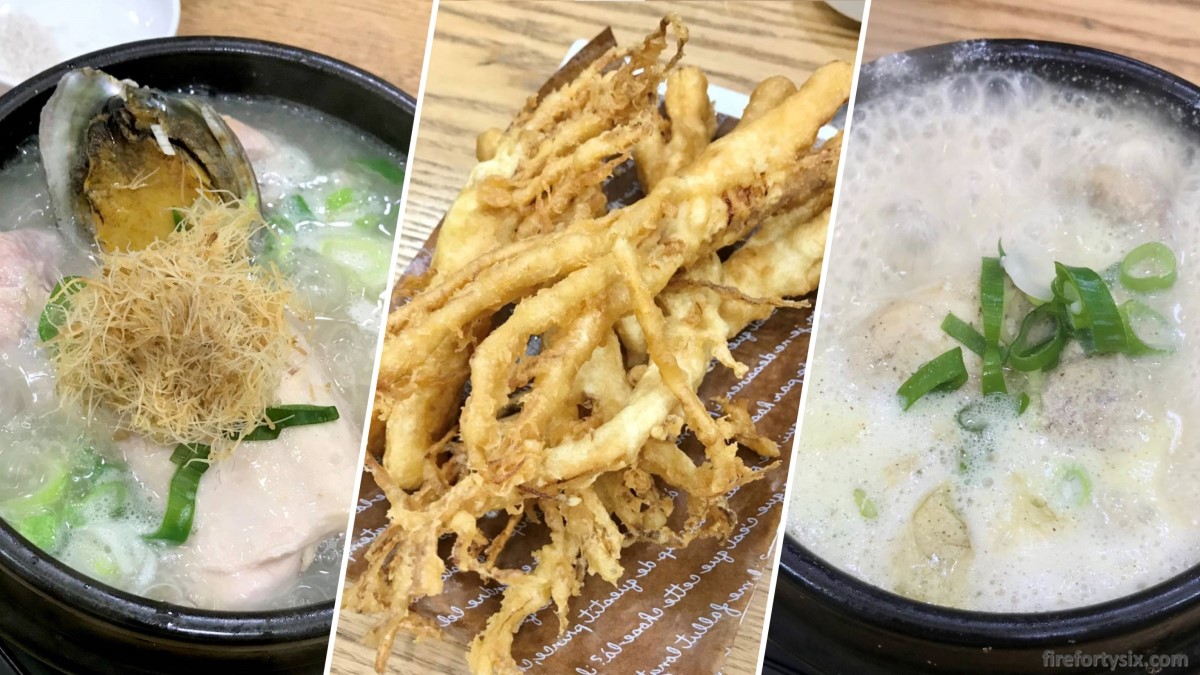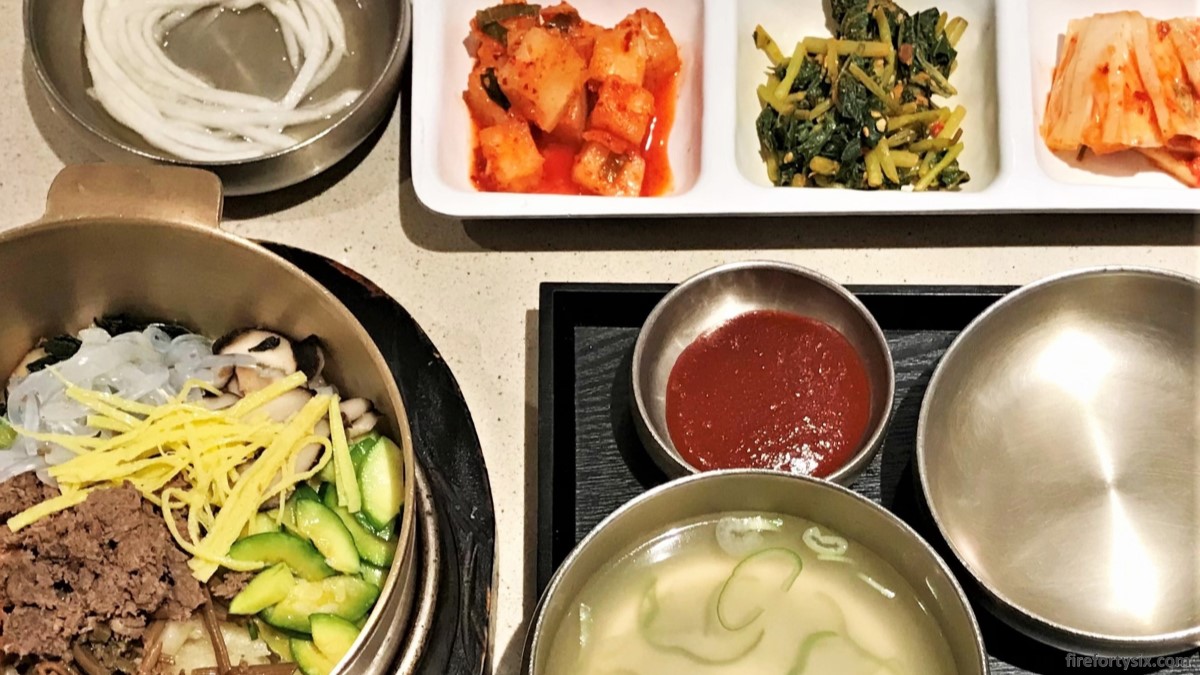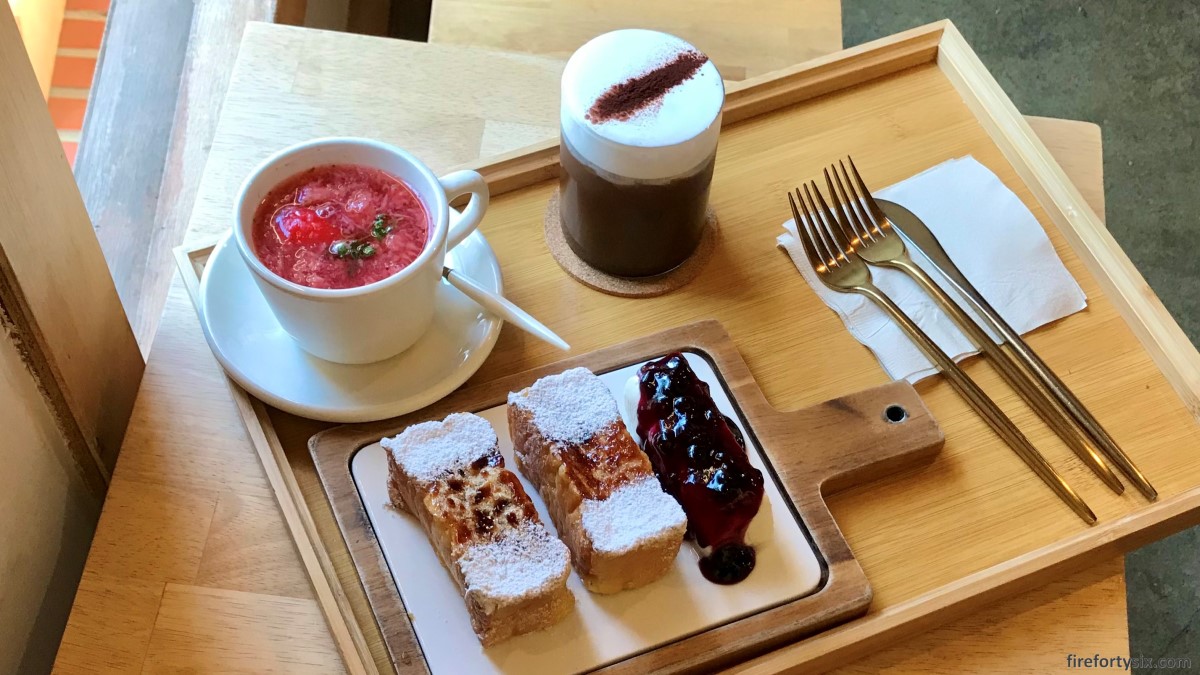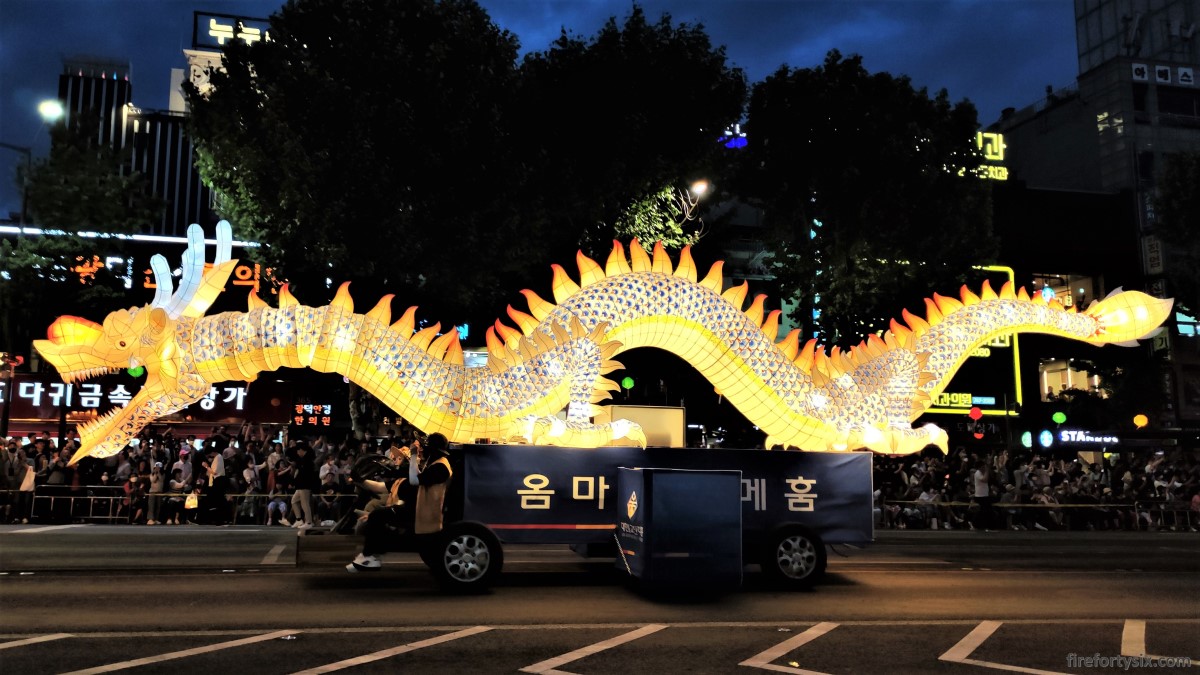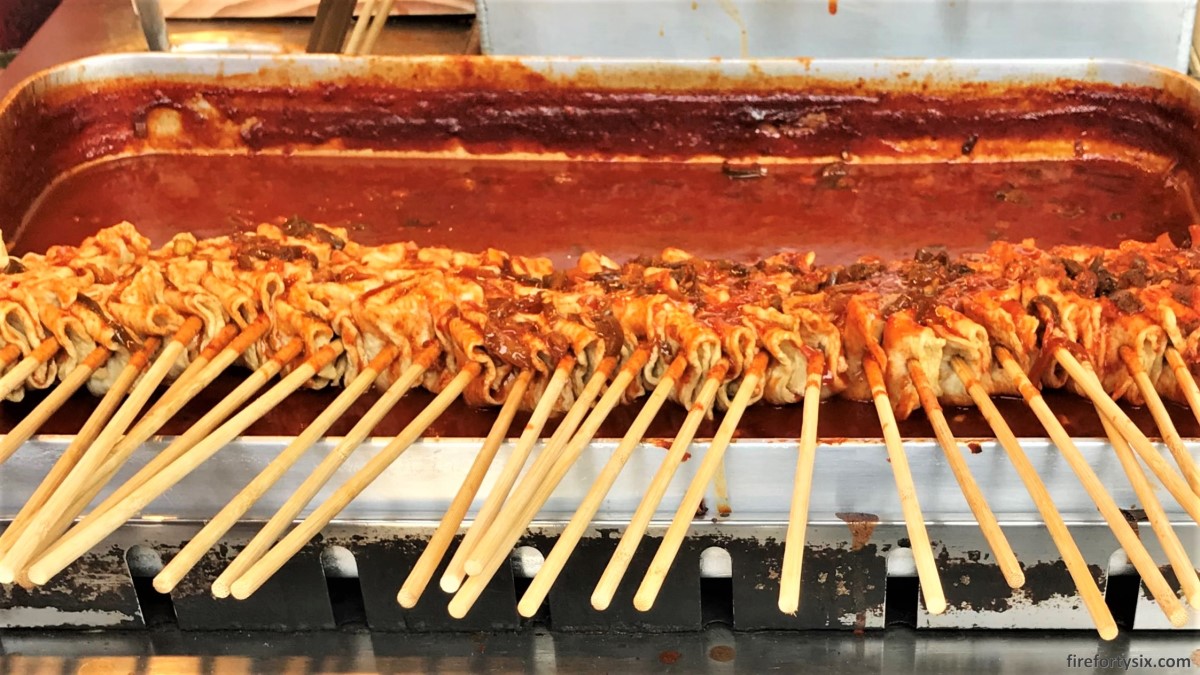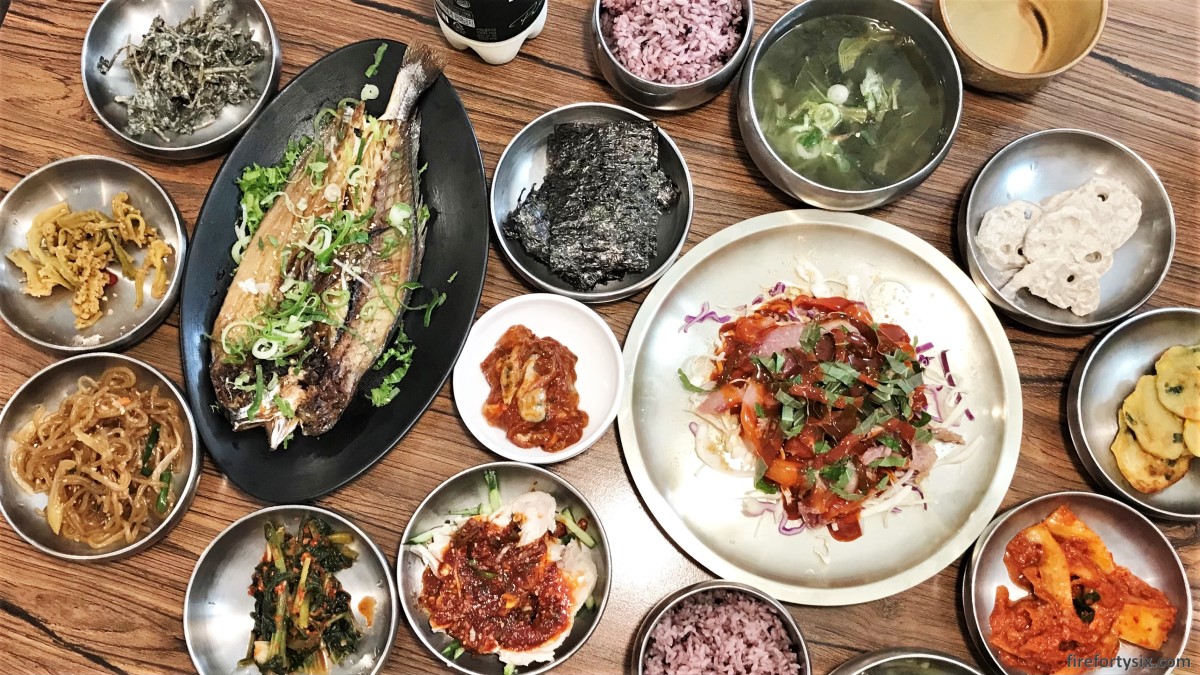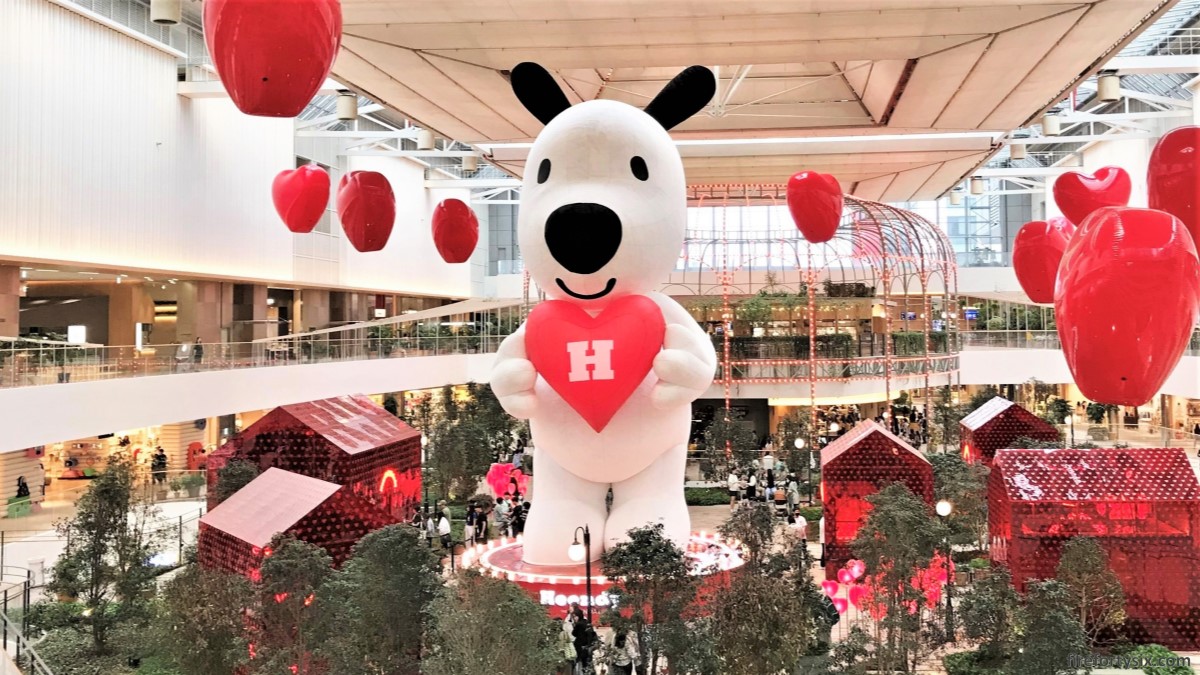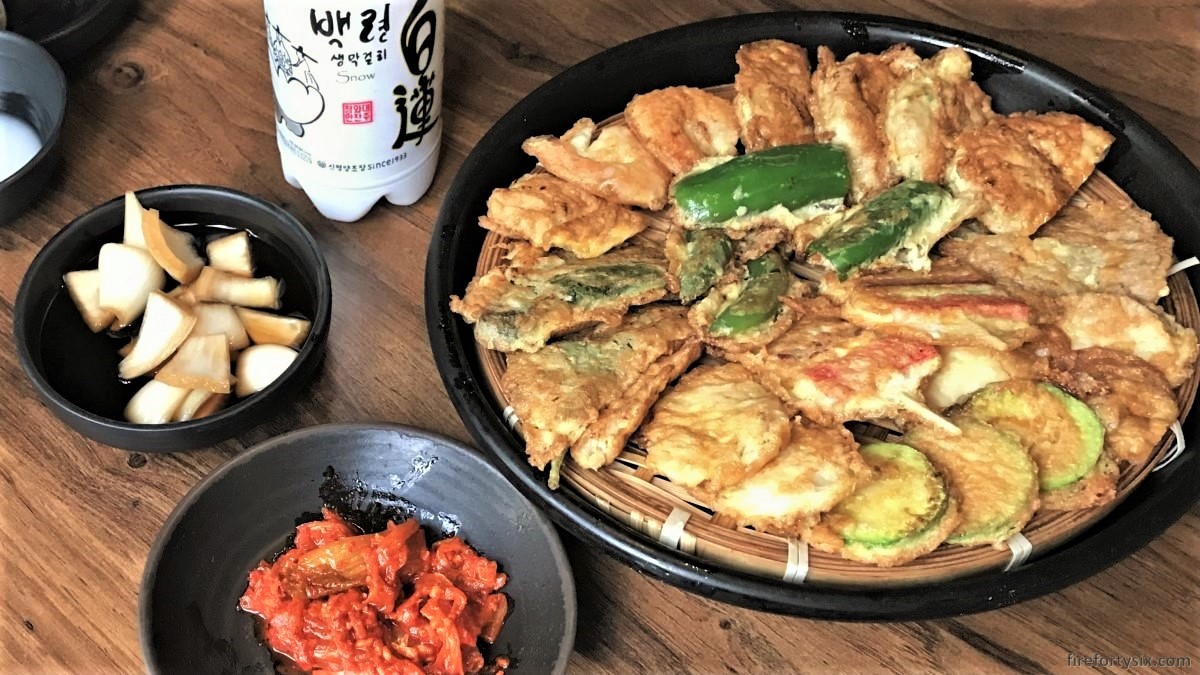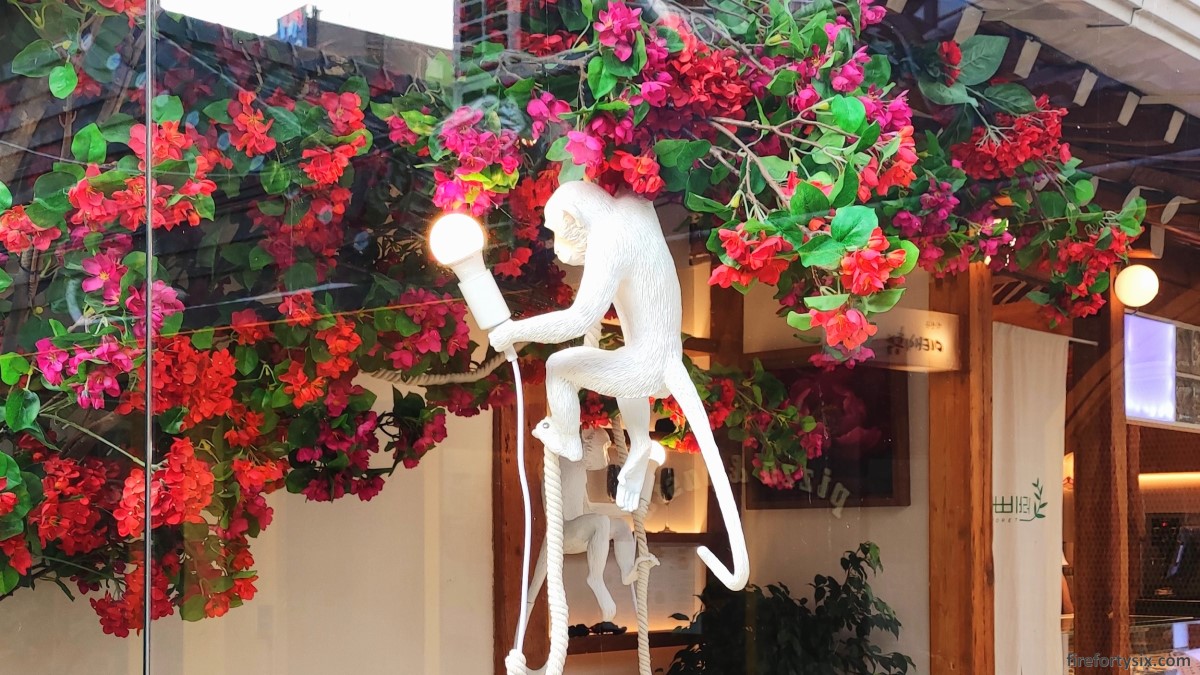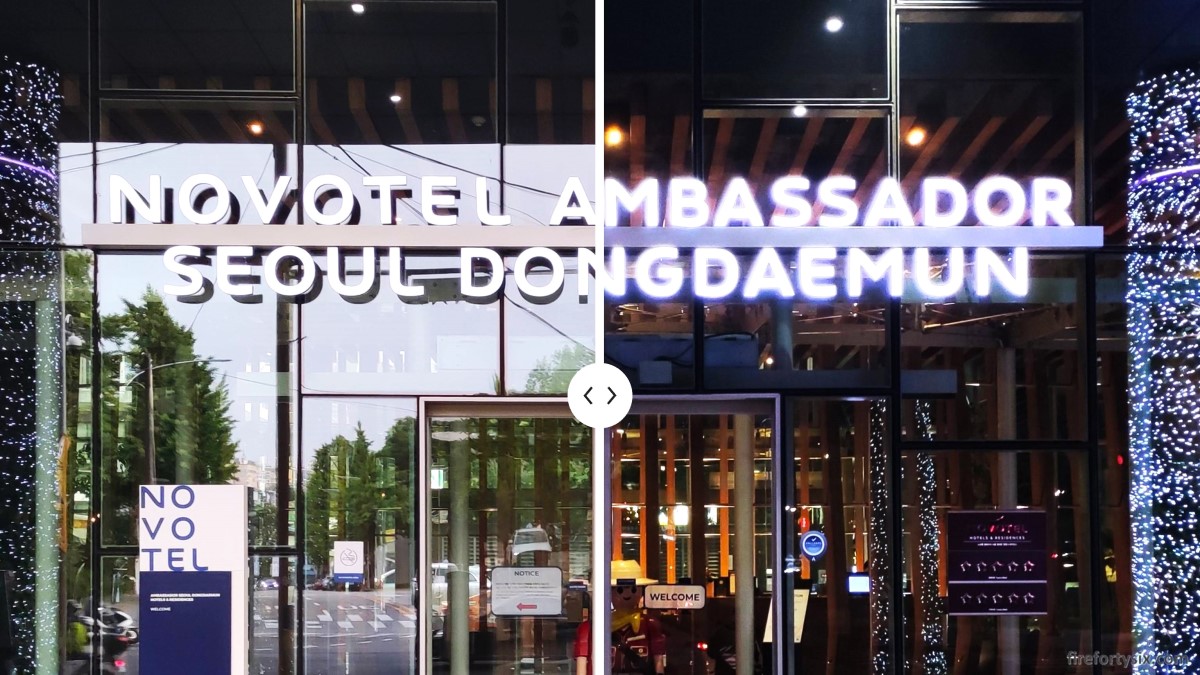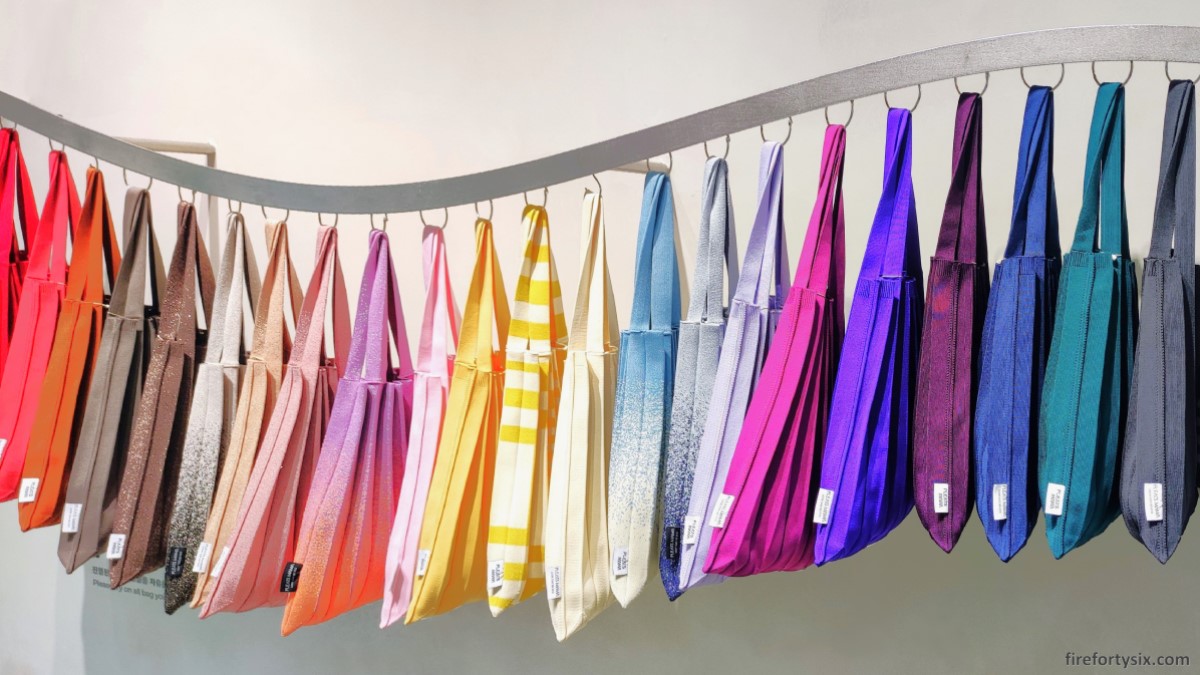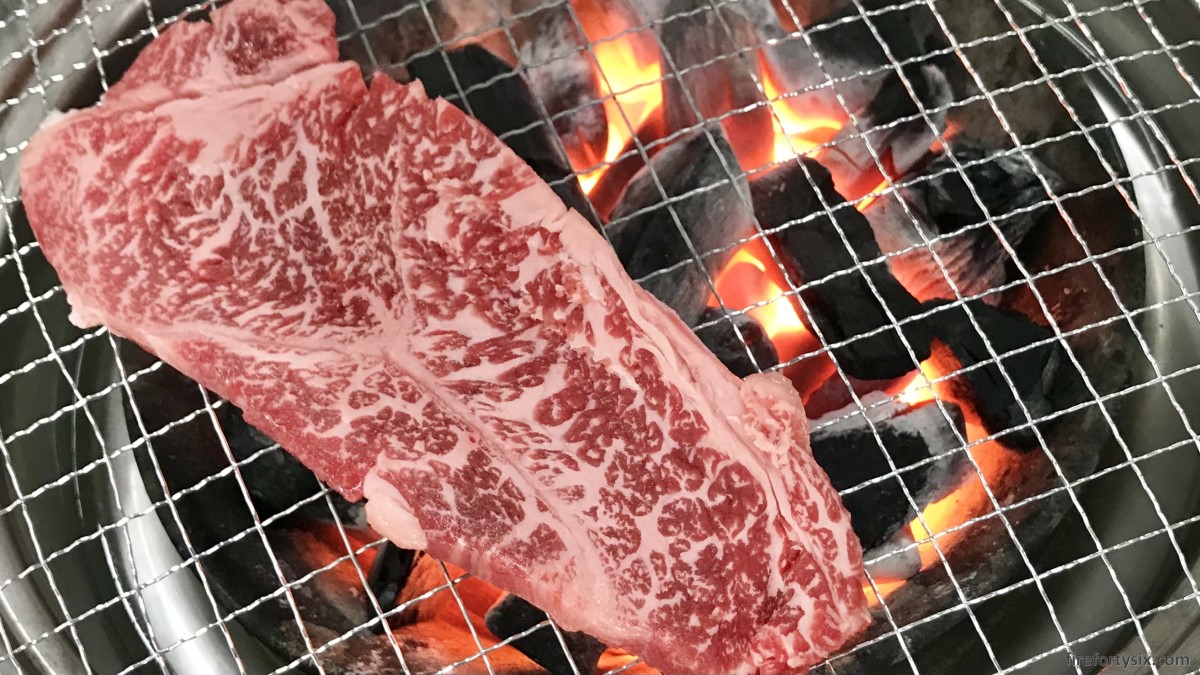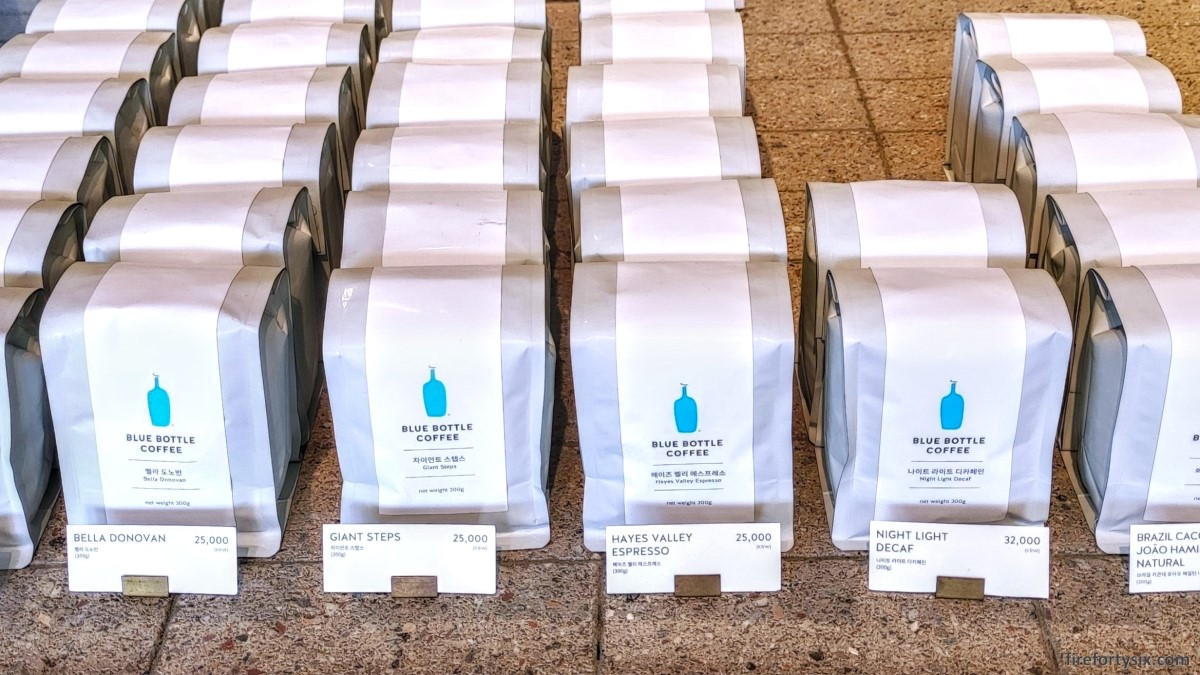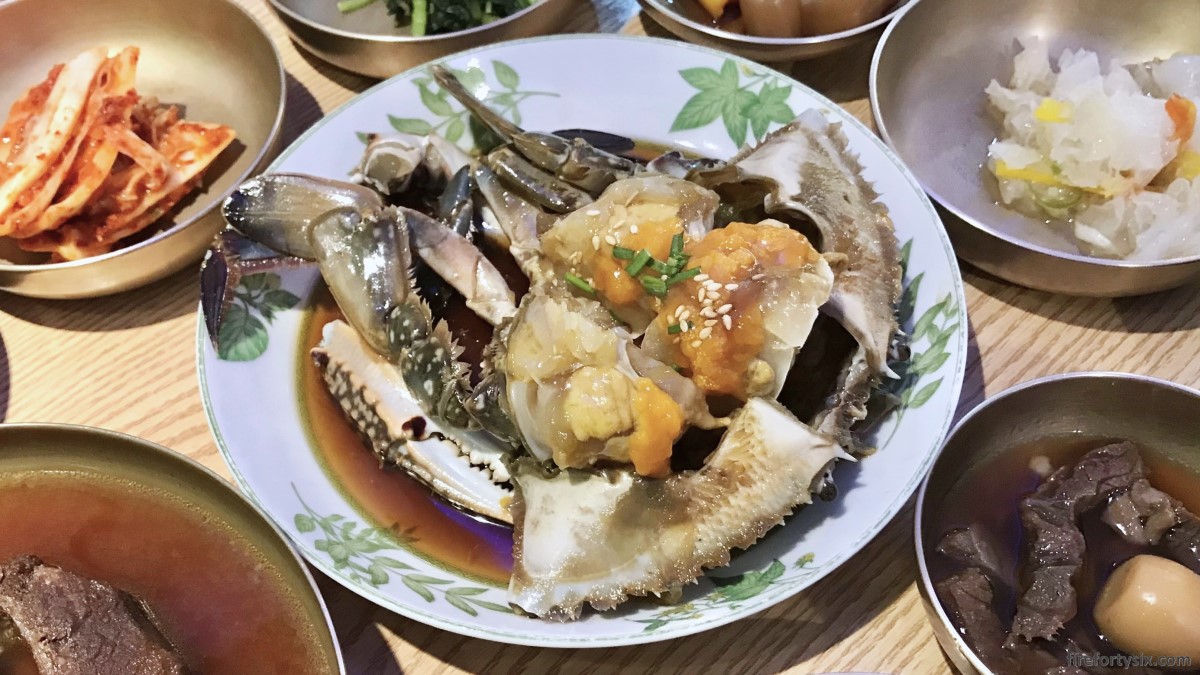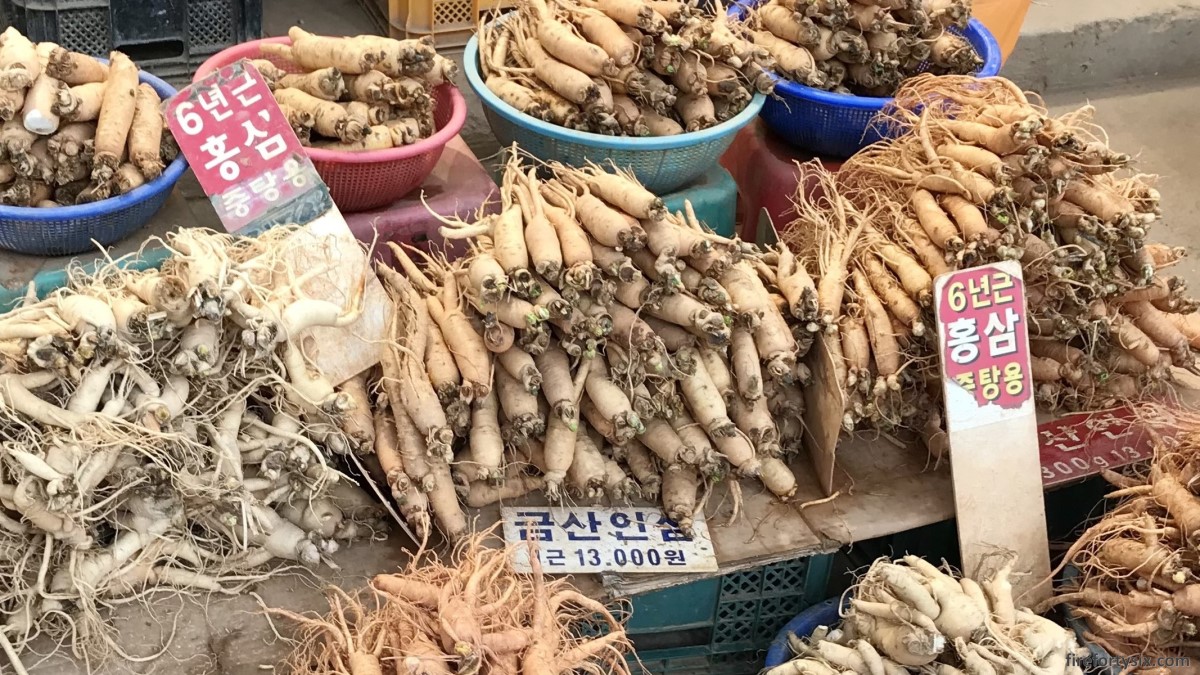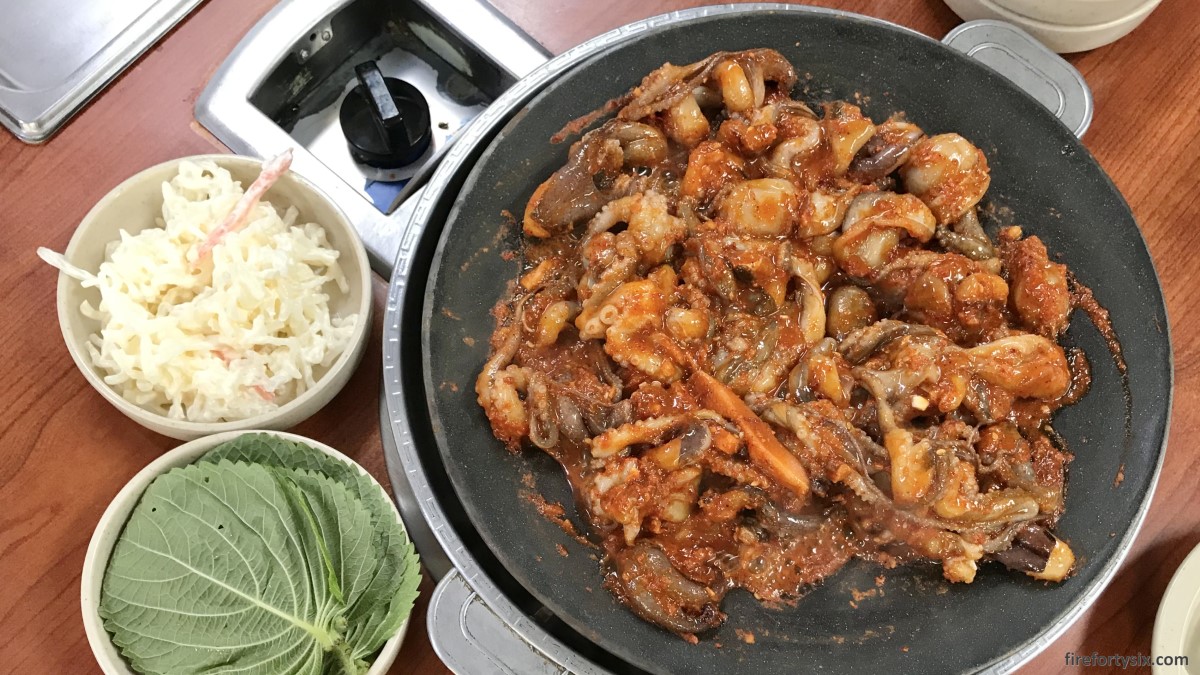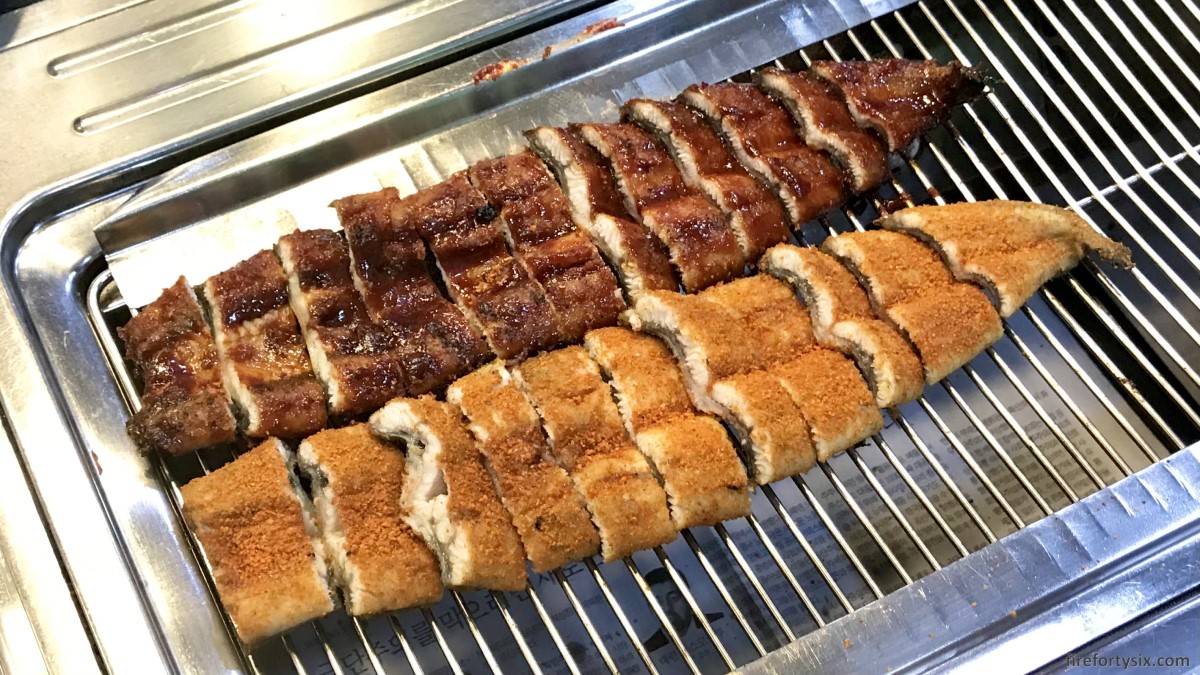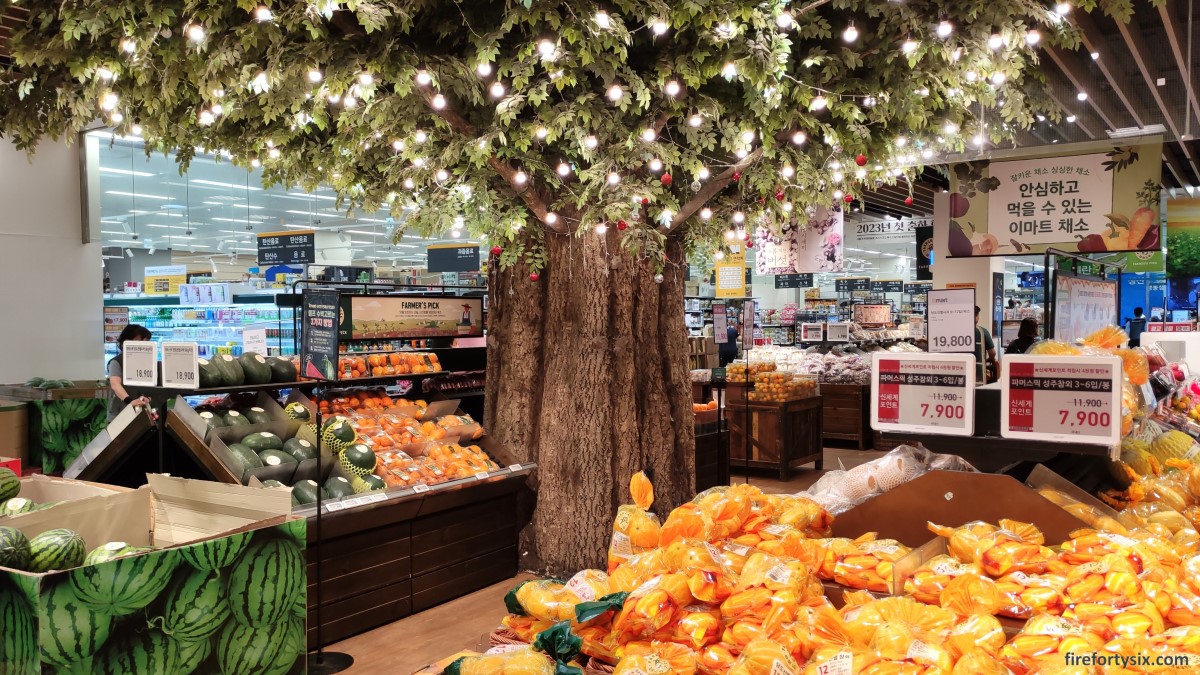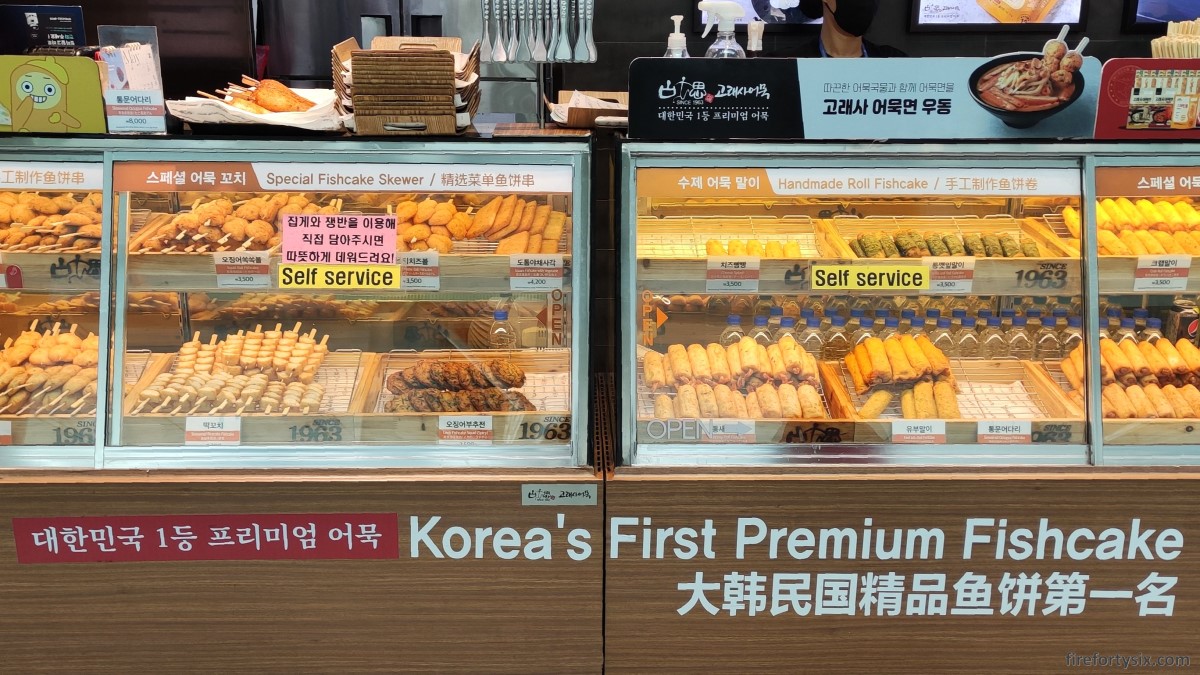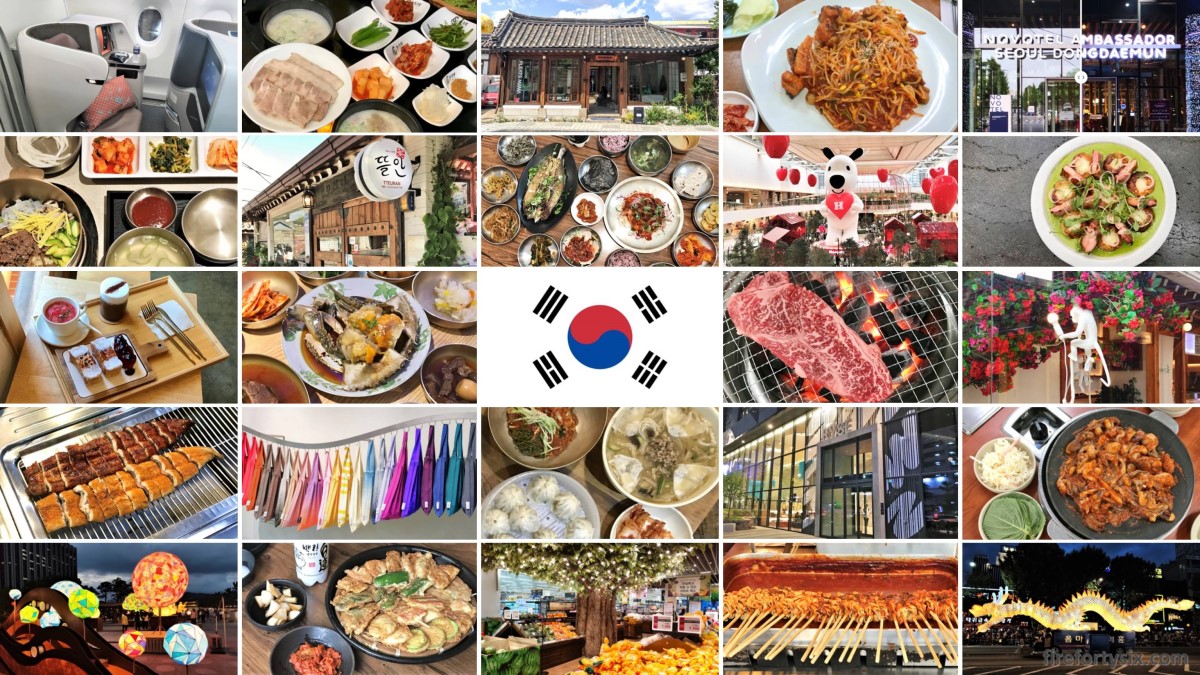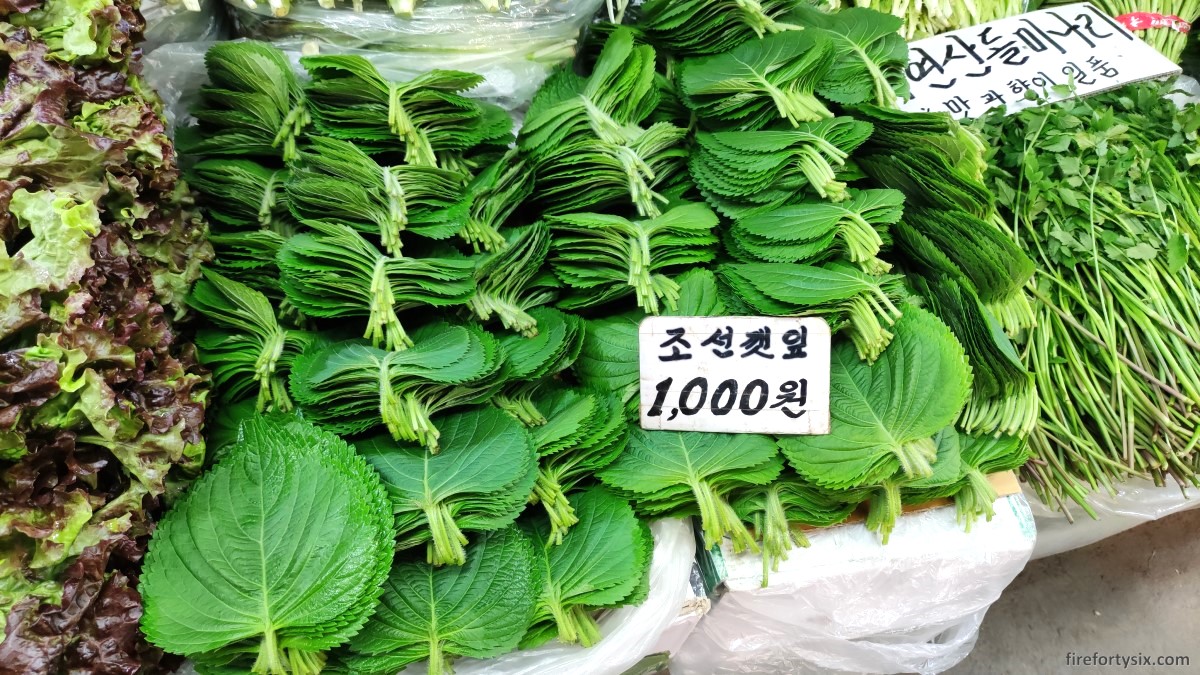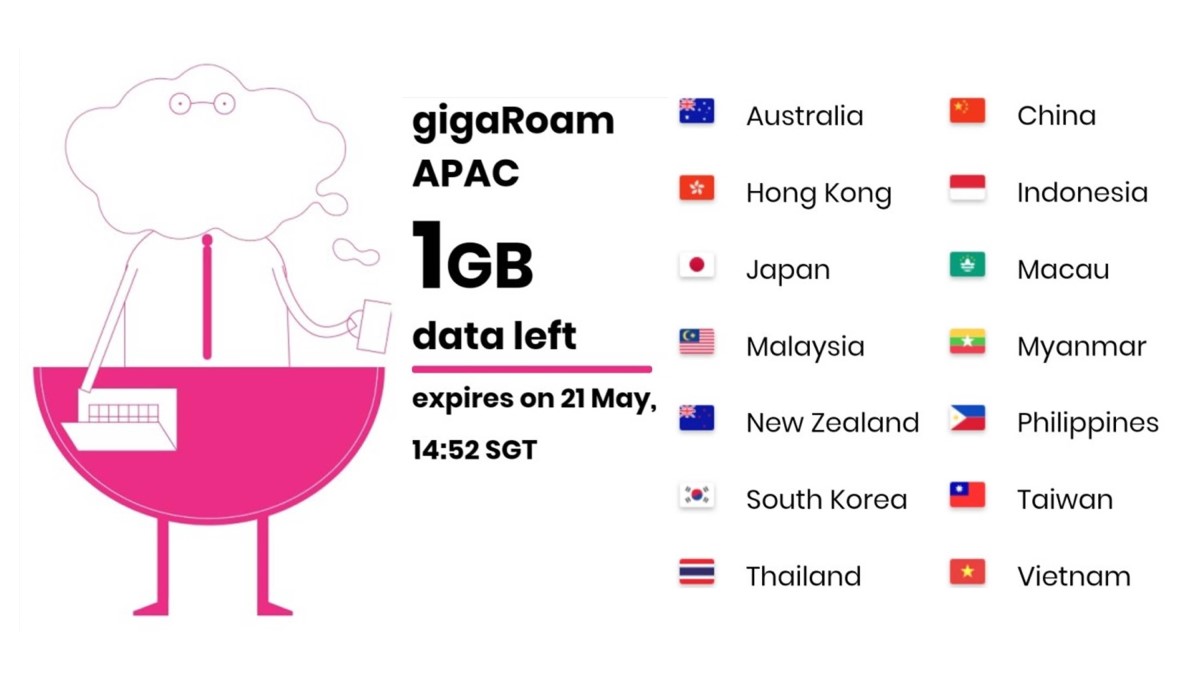Chances are every tourist in Seoul has heard of Myeongdong Kyoja (Naver Maps, Google Maps). It may even be the most well-known restaurant in South Korea that’s not a chain store.
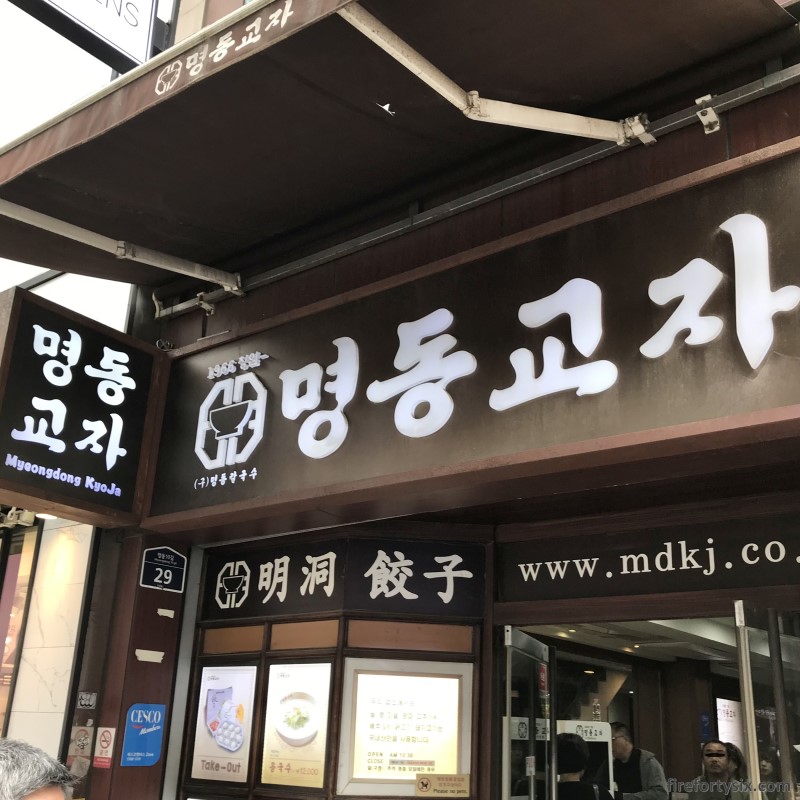
Because of their fame, it might be tempting to assume that they’re a tourist trap, selling mediocre and over-priced food to unsuspecting foreigners.
Before you jump to that conclusion, consider the >10,600 reviews on Google Maps giving them an average rating of 4.2⭐/5. Don’t trust Google reviews? Well, then let’s look at Naver Maps, where >12,400 reviews award them an even higher 4.42⭐/5.
But as always, taste is subjective, and the best way to know for sure is to try the food yourself. We had a meal there during our very first trip to Seoul in 2016. Since then, we’ve made it a point to return every time we’re back in the city.
The menu is short and sweet, featuring only three regular items — Kalguksu, Mandu and Bibimguksu. Plus a seasonal Kongguksu that’s only available during the warmer months of late spring to early autumn.
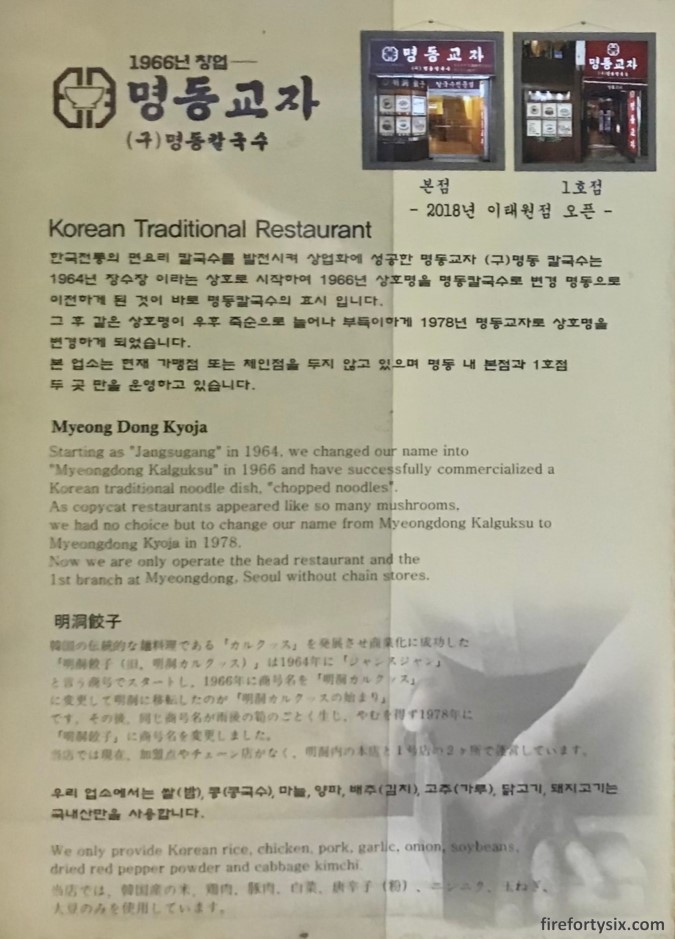
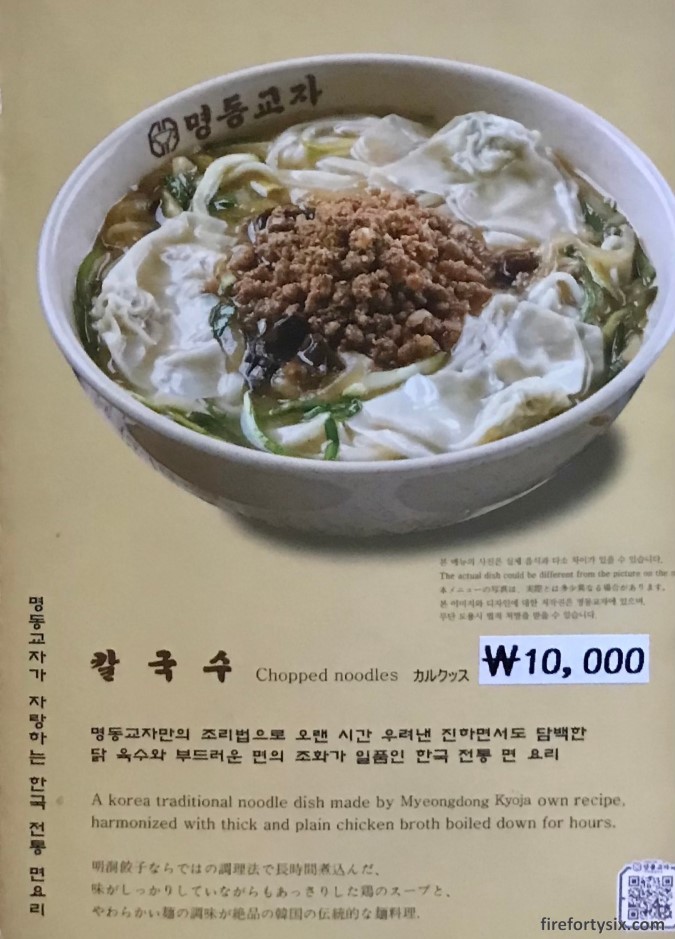
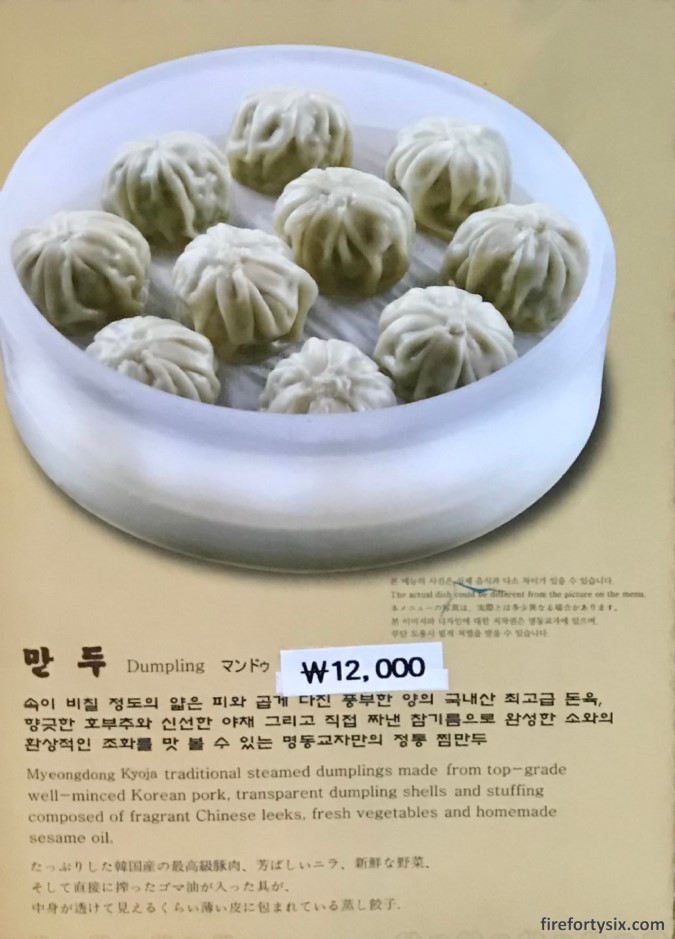
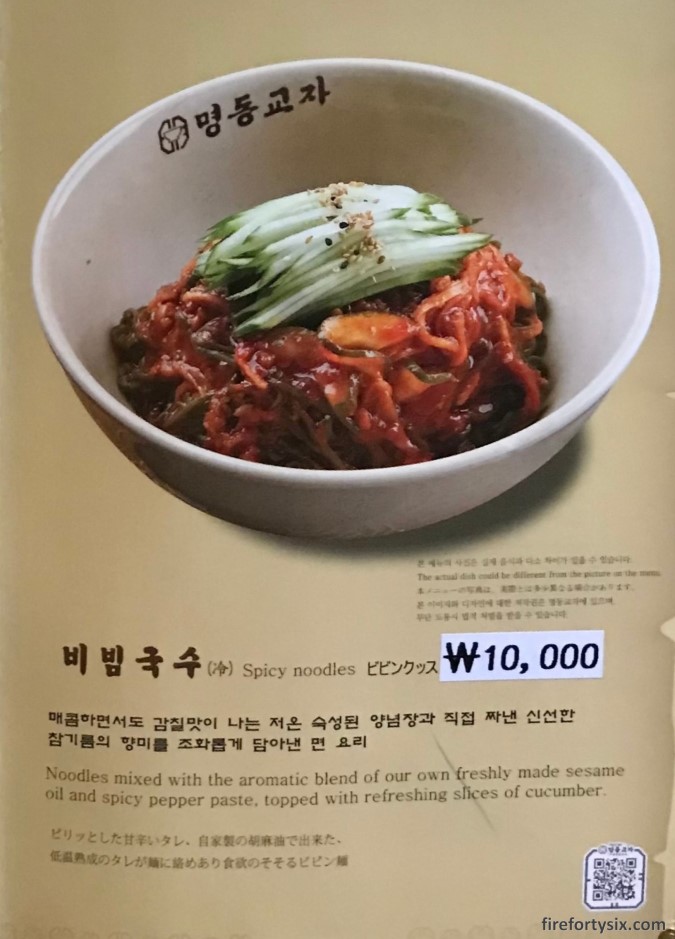
Their kalguksu is what brings us back, time after time.
The ingredients are simple, comprising only noodles, broth, minced meat, mini wantons, zucchini and leeks. And yet somehow, they’ve managed to make the combination absolutely addictive.
If there’s one thing that makes the dish magical, it’s the thick and unctuous broth. Chicken soup is supposed to be clean and light, ideal food for nursing a sore throat or alleviating indigestion.
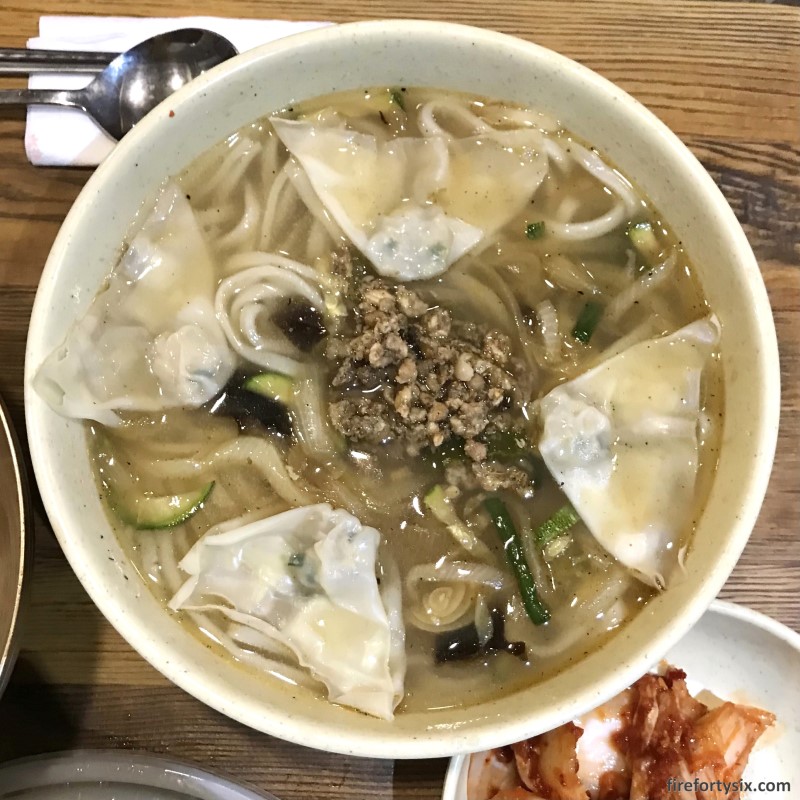
However, Myeongdong Kyoja chose to head in the completely opposite direction. Brewing stock that’s rich, oily and a full-on flavour bomb. If they took it any further, it would have ended up as tonkotsu-style ramen broth.
For the pork-filled mandu, they went with a lighter touch. Compared to the kalguksu, the dumplings almost seemed too bland, even after dipping them in soy sauce.
Which is why my preferred way of eating them is to split each piece in half, piling on as much kimchi as possible. The sharp and spicy fermented cabbage is a perfect accompaniment, adding a welcome burst of excitement in every bite.
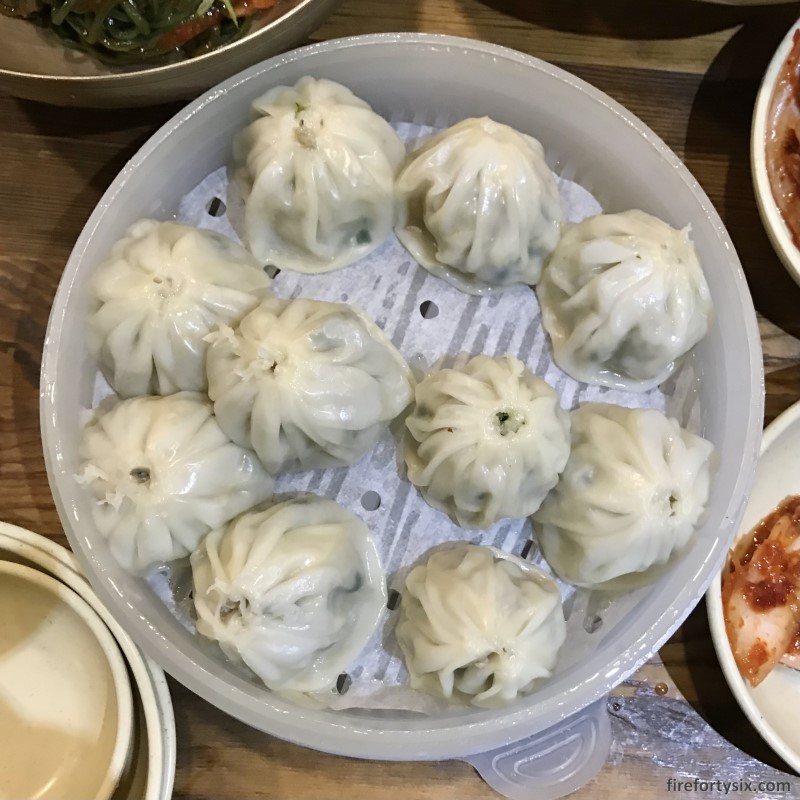
On its own, the infinitely refillable kimchi is potent. It’s easily the spiciest that I’ve had so far in Seoul. There’s an almost kerosene-like note to its flavour, which adds to its allure.
It may sound strange, but it’s the best kimchi I’ve ever had.
Every time I wipe out my plate, I simply wave over one of the omnipresent ajummas unnies, politely request for “kimchi, juseyo!” and a heaping mound magically appears.

On our most recent visit, instead of sticking to just our kalguksu and mandu combo, I decided to diversify with an additional bowl of bibimguksu.
Thick, goopy red sauce was generously spooned on top of the noodles, together with finely julienned cucumber. It looked fiery, but the spice level was surprisingly mild.
After mixing everything into a beautiful mess and taking in a big mouthful, the first thing that hit me was a pleasant nuttiness, followed by deep umami. The noodles were firm and chewy, releasing flavour with every bite.
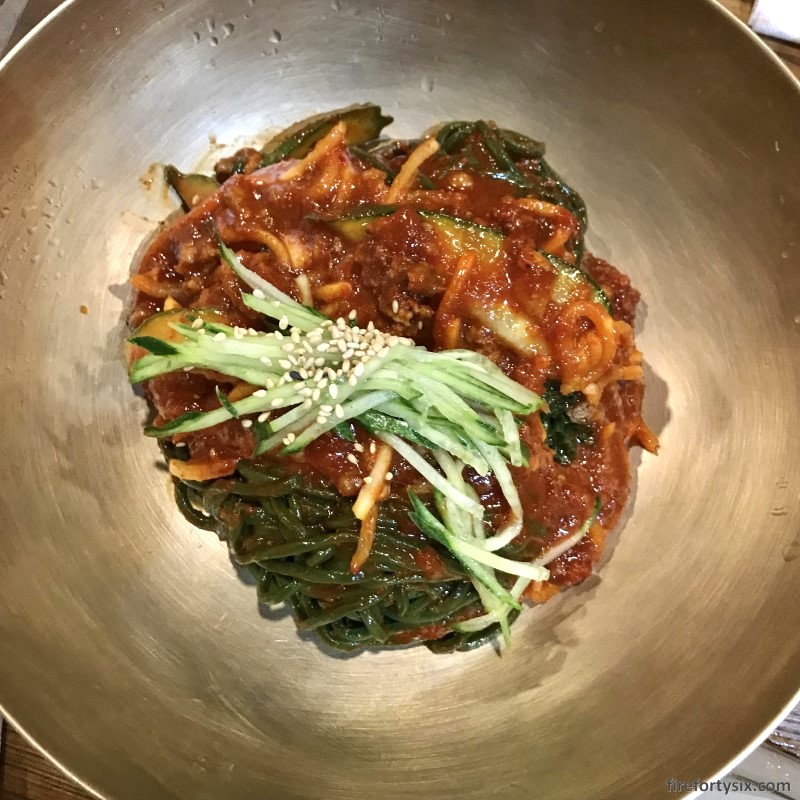
Somehow, the flavour reminded me of Singaporean rojak sauce, but without the prawn paste. I always find it intriguing when familiar flavours pop up unexpectedly in foreign countries.
The bibimguksu immediately overtook the kalguksu, and became my new favourite dish at Myeongdong Kyoja.
Which made us very curious about their soy milk-based kongguksu (₩12,000), a dish which we had yet to try in Korea or Singapore. It was available, but we wouldn’t have survived another bowl.
The next time we’re in Seoul, we know that we’ll back there again. And when we return, we know exactly what we’ll be ordering.
